In the quest for digestive harmony, countless individuals have turned to the GAPS Diet—a nutritional approach designed to nurture the gut and restore balance from within. More than just a dietary regimen, the GAPS Diet represents a journey of healing, where food becomes medicine and stories of transformation unfold. From chronic discomfort to renewed vitality, the experiences shared by those who embrace this path shed light on the profound connection between our gut and overall well-being. This article delves into the world of the GAPS Diet, exploring real-life gut healing stories that inspire, inform, and invite us to rethink how we care for our most essential inner ecosystem.
Table of Contents
- Understanding the Foundations of the GAPS Diet and Its Role in Gut Health
- Real-Life Transformations Through the GAPS Diet Journey
- Key Nutritional Components That Support Gut Healing
- Practical Tips for Successfully Implementing the GAPS Diet
- Common Challenges and How to Overcome Them on the Path to Gut Restoration
- Q&A
- In Retrospect
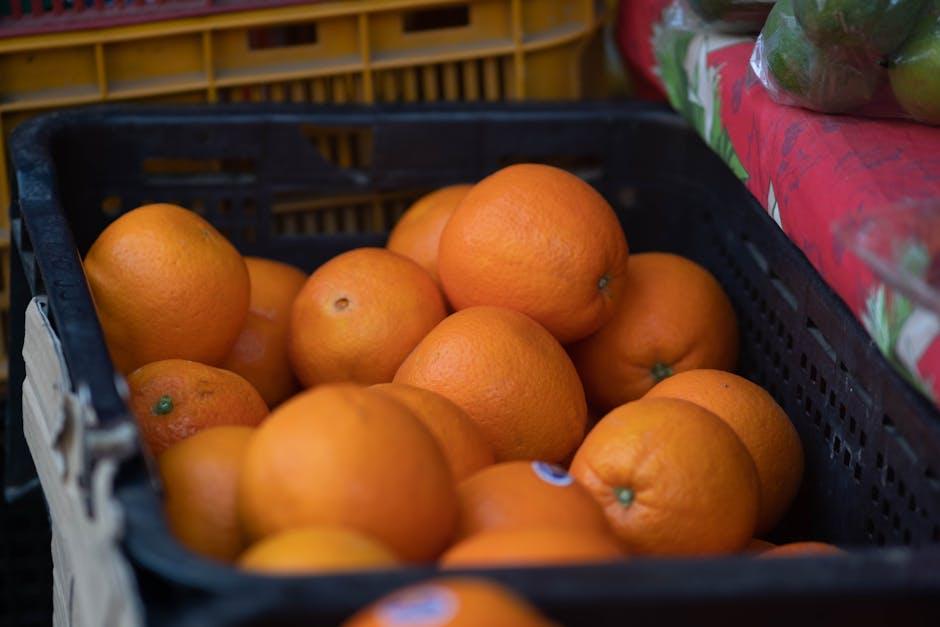
Understanding the Foundations of the GAPS Diet and Its Role in Gut Health
The GAPS (Gut and Psychology Syndrome) diet is more than just a nutritional plan; it is a strategic approach designed to nurture the delicate ecosystem of the gut. At its core, it focuses on eliminating foods that promote inflammation and damaging bacteria, while introducing nutrient-dense, easily digestible foods that support healing the intestinal lining. The diet leverages the power of natural, homemade broths, fermented foods, and selective elimination to restore balance, enhancing both physical and mental well-being. By prioritizing foods rich in probiotics, gelatin, and healthy fats, the GAPS protocol re-establishes gut flora diversity and integrity, which are critical for efficient digestion and immune function.
Its foundation rests upon several key principles: removing irritants, supporting detoxification, and supplying gut-healing nutrients. Here’s a snapshot of what makes the GAPS diet uniquely effective:
- Emphasis on homemade bone broths, a source of collagen and amino acids for gut repair
- Inclusion of fermented foods to restore beneficial bacteria
- Avoidance of processed carbohydrates and sugars that feed harmful microbes
- Gradual reintroduction of foods to safely expand diet based on tolerance
- Incorporation of healthy fats crucial for cellular regeneration and inflammation control
| Element | Role in Gut Health |
|---|---|
| Bone Broth | Repairs gut lining and reduces inflammation |
| Fermented Foods | Replenishes beneficial bacteria |
| Healthy Fats | Supports immune system and cellular repair |

Real-Life Transformations Through the GAPS Diet Journey
Countless individuals have shared their journeys after embracing the GAPS diet, revealing astonishing improvements in both physical and mental health. From alleviating chronic digestive issues to reducing anxiety and brain fog, these stories highlight the profound impact that gut healing can have on overall well-being. Many describe newfound energy, clearer skin, and even enhanced cognitive function after months of dedication to the nutrient-rich and gut-friendly protocol.
Some remarkable changes reported by those on the journey include:
- Reduced symptoms of IBS and Crohn’s disease leading to improved digestive comfort
- Decrease in autoimmune flare-ups and inflammation markers
- Improved behavioral clarity in children diagnosed with autism spectrum disorders
- Balanced moods and diminished anxiety episodes
| Transformation | Timeline | Key Outcome |
|---|---|---|
| Chronic IBS relief | 3 months | Significant gut comfort |
| Autism behavioral improvements | 6 months | Enhanced communication |
| Autoimmune symptom reduction | 4 months | Lower inflammation |
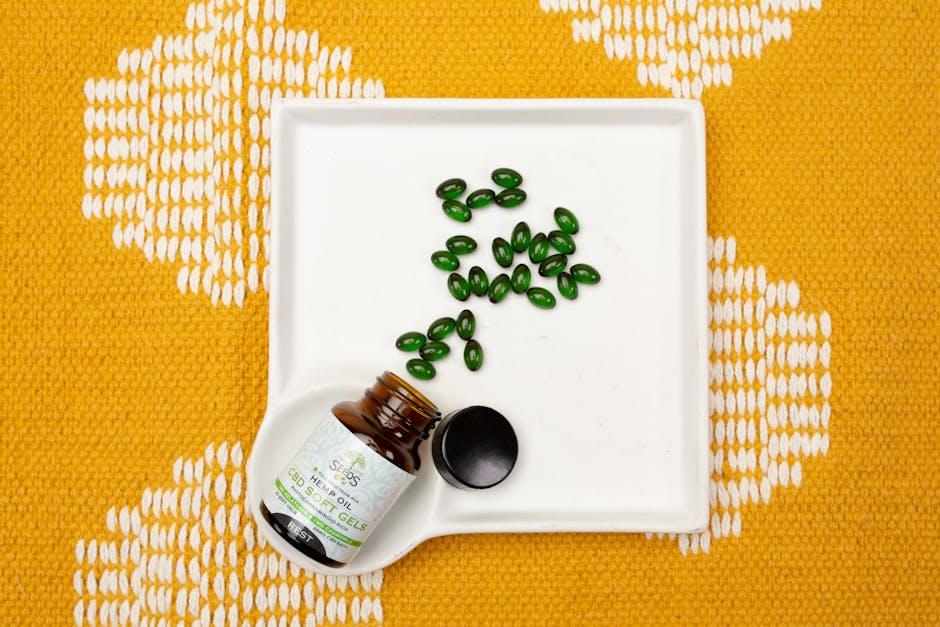
Key Nutritional Components That Support Gut Healing
Healing the gut requires a targeted approach to nutrition, focusing on foods rich in specific healing compounds. Fermented foods like sauerkraut, kefir, and yogurt introduce beneficial probiotics, essential for rebalancing intestinal flora and improving digestion. Meanwhile, bone broth stands out as a powerhouse, packed with collagen, gelatin, and amino acids such as glutamine that soothe and repair the intestinal lining. Don’t overlook healthy fats found in coconut oil and olive oil, which support the gut’s mucosal barrier and reduce inflammation.
Incorporating a variety of nutrients strategically can accelerate gut regeneration. Below is a quick reference table outlining some of the most impactful components and their roles in gut recovery:
| Component | Role in Gut Healing | Food Sources |
|---|---|---|
| Gelatin & Collagen | Repairs gut lining | Bone broth, chicken skin |
| Probiotics | Restores microbial balance | Kefir, sauerkraut, yogurt |
| Glutamine | Supports intestinal cells | Bone broth, cabbage |
| Healthy Fats | Reduces inflammation | Coconut oil, olive oil, avocado |
By focusing on these key players, the gut gets the nourishment it needs to move from inflammation toward sustained health and resilience.

Practical Tips for Successfully Implementing the GAPS Diet
Start slow and listen to your body. Transitioning to the GAPS Diet can be a transformative journey, but it’s essential to ease into it gradually. Introduce one food group at a time, keeping track of how your body responds to each new addition. Patience is key—overloading your system too quickly can lead to discomfort and setbacks. A simple food journal or app can be a great companion, helping you identify patterns and celebrate small wins. Remember, hydration and rest play vital roles alongside nutrition, so don’t overlook these foundational elements.
Incorporate supportive habits to enhance gut healing and overall success. Here are a few practical strategies to keep you on track:
- Meal Prep & Batch Cooking: Prepare bone broths and fermented vegetables in advance to save time during busy days.
- Community Support: Join online GAPS forums or local groups to share experiences and swap recipes.
- Mindful Eating: Eat slowly, chew thoroughly, and create a calm environment to aid digestion.
| Stages | Typical Duration | Focus |
|---|---|---|
| Introduction | 2-6 weeks | Bone broths, fermented foods, gentle veggies |
| Full GAPS Diet | 3-6 months | Expansion into meats, nuts, and raw dairy (if tolerated) |
| Maintenance | Ongoing | Balanced meals focused on gut health and variety |

Common Challenges and How to Overcome Them on the Path to Gut Restoration
Embarking on the gut restoration journey often brings unexpected hurdles that can test your resolve. One of the most common challenges is managing dietary restrictions. The GAPS diet requires eliminating many familiar foods, which can feel overwhelming and isolating, especially during social occasions. To navigate this, creating a flexible meal plan filled with delicious alternatives and prepping ahead can make adherence easier. Additionally, many find that tracking their symptoms and progress in a journal helps identify personal trigger foods and celebrate small victories, fostering motivation.
Another significant obstacle is the body’s adjustment period, during which symptoms like bloating, fatigue, or detox reactions may appear. This can be discouraging, but understanding that these responses are part of the healing process enables patience and persistence. Support from online communities or working with a GAPS-experienced practitioner provides encouragement and expert advice during tough moments. Consider this table as a quick reference for some common pitfalls and strategies to overcome them:
| Challenge | Solution |
|---|---|
| Feeling deprived of favorite foods | Discover GAPS-friendly recipes and substitutes |
| Digestive discomfort during transition | Slowly introduce new foods and hydrate well |
| Social pressure and misunderstandings | Prepare polite explanations and pack meals |
| Plateaus in progress | Reassess diet and incorporate stress management |
Q&A
Q&A: The GAPS Diet and Gut Healing Stories
Q1: What exactly is the GAPS Diet?
A: The GAPS Diet, short for Gut and Psychology Syndrome Diet, is a nutrition plan developed by Dr. Natasha Campbell-McBride. It focuses on healing the gut lining and restoring digestive health by eliminating hard-to-digest foods and emphasizing nutrient-dense, homemade meals like bone broths, fermented vegetables, and healthy fats.
Q2: How does the GAPS Diet claim to heal the gut?
A: The philosophy behind the GAPS Diet is that many chronic illnesses stem from impaired digestion and a compromised gut lining. By removing inflammatory and processed foods and introducing soothing, probiotic-rich foods, the diet aims to rebalance gut flora, reduce inflammation, and repair the intestinal wall.
Q3: Who might benefit from trying the GAPS Diet?
A: The diet was initially designed for people with neurological and psychiatric conditions linked to gut health, like autism, ADHD, and depression. However, many individuals with digestive issues, autoimmune diseases, or chronic fatigue have also reported improvements after following GAPS.
Q4: What are some common themes in gut healing stories related to the GAPS Diet?
A: Many stories emphasize gradual but noticeable improvements—less bloating, more energy, improved mood, and clearer skin. People often describe an initial adjustment period with some detox symptoms followed by a renewed sense of wellness and balance.
Q5: Are there any challenges to following the GAPS Diet?
A: Yes, the GAPS Diet can be quite restrictive, especially in the introductory phase. It requires time, patience, and cooking skills, as pre-made or processed foods are mostly off-limits. Social settings and eating out may also pose challenges.
Q6: Is the GAPS Diet scientifically proven?
A: Scientific research on the GAPS Diet itself is limited. While the importance of gut health is widely recognized, more clinical studies are needed to validate the diet’s specific claims. Many gut healing experiences are anecdotal but nonetheless inspiring for those exploring alternatives.
Q7: How does one start the GAPS Diet safely?
A: Starting with a full consultation from a healthcare provider familiar with the GAPS approach is recommended. The diet begins gently, easing into foods like broths and fermented veggies, and gradually reintroduces other foods as tolerance improves.
Q8: Can the GAPS Diet be combined with other treatments?
A: Absolutely. Many people use the GAPS Diet alongside medical treatments, probiotics, or other lifestyle changes to support gut and overall health. It’s never a “one-size-fits-all” solution but part of a holistic healing journey.
Q9: What’s the biggest takeaway from gut healing stories with the GAPS Diet?
A: Healing the gut is a deeply personal and sometimes slow process, but many who follow the GAPS Diet report renewed vitality and hope. Listening to your body, patience, and commitment shine through as key ingredients for success.
This Q&A captures the essence of the GAPS Diet and shares insights from real gut healing experiences in a creative, clear, and balanced way.
In Retrospect
As we close the chapter on these gut healing journeys through the lens of the GAPS Diet, one thing becomes clear: the path to wellness is as individual as the stories shared. While the GAPS Diet offers a framework rooted in nourishing traditions and careful elimination, its true power lies in the personal transformations it sparks. For some, it is a gateway to rediscovering comfort within their own bodies; for others, a stepping stone toward deeper understanding of gut health’s role in overall well-being. Whatever the outcome, these stories remind us that healing is not a destination but a dynamic process—one that invites patience, curiosity, and a willingness to listen to our inner signals. The GAPS Diet may not be a universal remedy, but within its narratives, we find inspiration to explore, adapt, and ultimately honor the unique needs of our digestive journeys.








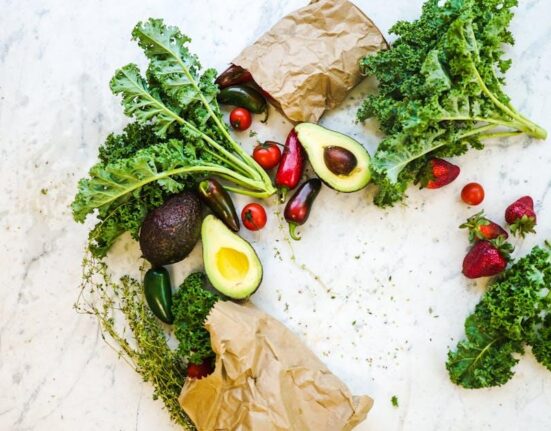
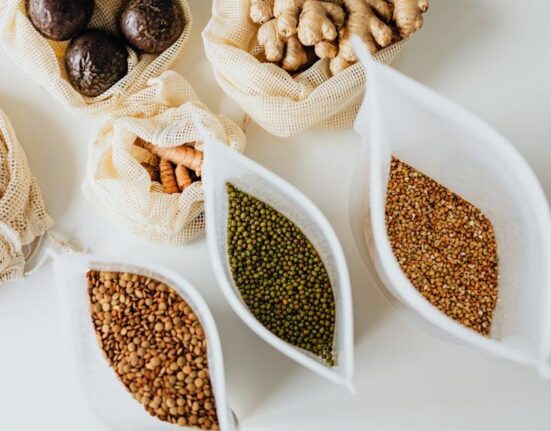
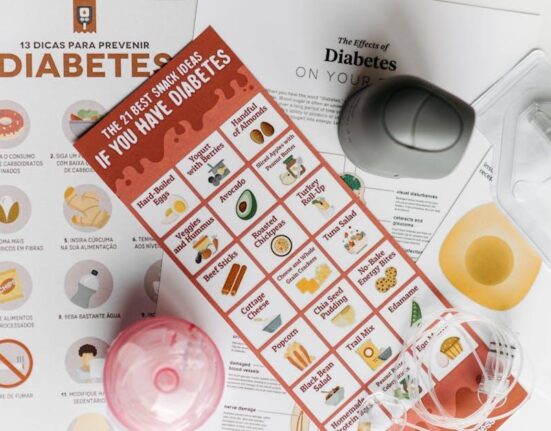



Leave feedback about this